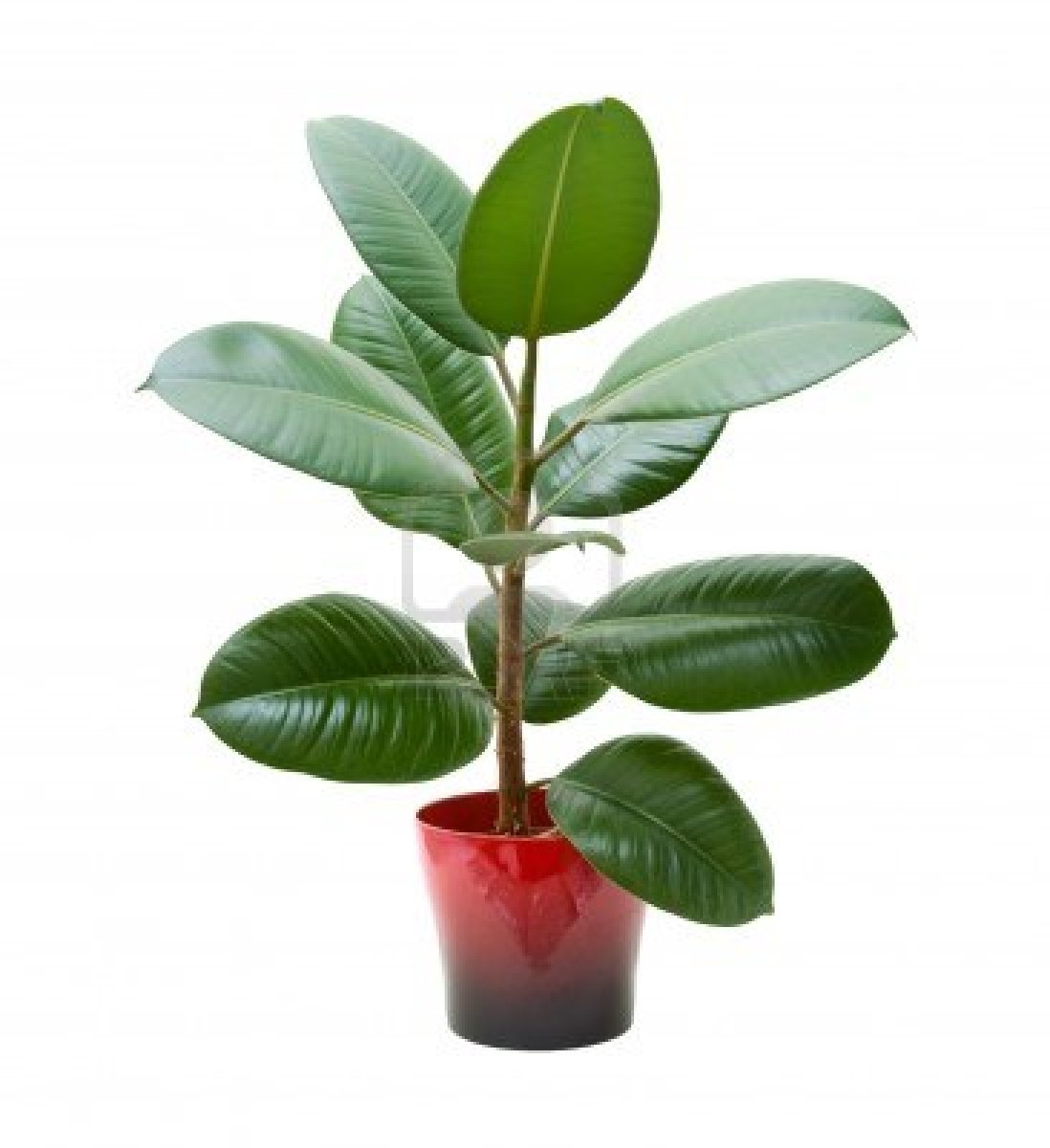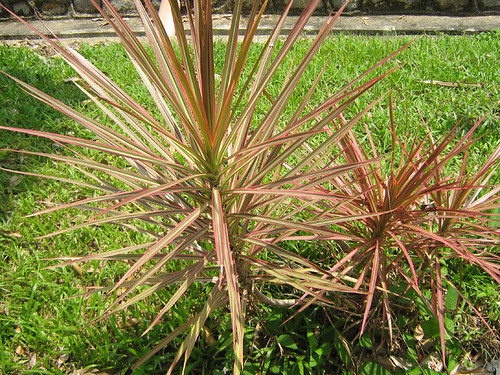
According to the Environmental Protection Agency (EPA), indoor air quality is one of the top five risks to public health. This is a result of home products made with toxic chemicals, such as vinyl flooring and air fresheners. If you don’t want to stop using these products and leaving the windows open all the time isn’t an option, there are plants that can help detoxify your indoor air. Here are some of the more effective. –
Aloe vera
You may know this plant as a sunburn soother, but it’s also a wonderful air purifier. Aloe actually absorbs chemicals from cleaning products and even gives you a warning sign by developing brown spots if the chemicals reach a high level.

Purple waffle plant
Researchers at the University of Georgia tested 28 common indoor decorative plants for their ability to remove the top five indoor pollutants. And the purple waffle plant was rated one of the best detoxifiers. This showy, low-maintenance spreading plant is an excellent choice as ground cover in a terrarium or to drape over a cupboard.

Areca palm
This beautiful palm tree pumps out loads of oxygen during the day and was rated by NASA as having the eighth highest removal rate for formaldehyde – a chemical often found in carpeting. Additionally, the Areca palm helps restore moisture to dry winter air at levels comparable to an electric humidifier.
Peace lily
This lily absorbs pollutants such as formaldehyde (found in carpeting) trichloroethylene (found in plastics), benzene (found in paints),and xylene (found in adhesives). The peace lily requires watering once a week and your choice of a bright or shaded home. Even though this is a “peace” lily, which is less toxic than true lilies, it still can pack a toxic punch if consumed by pets.

Rubber plant
The thick, deep green leaves of rubber plants help filter formaldehyde, benzene and ammonia from the air – all while improving the aesthetic of your living space. This somewhat demanding plant requires high light and frequent deep watering, and should also be kept far away from animals or children, as it is poisonous when consumed

Mother-in-law‘s tongue
Complementing the Areca palm’s daytime oxygen production, this plant is an evening oxygen producer – making it an excellent plant choice for the bedroom. To sweeten the deal, this prehistoric-looking plant is perfect for those lacking a green thumb. The Mother-in-Law’s Tongue can withstand any environmental conditions from light to dark, and wet to dry.

Golden pothos
This fast-growing vine absorbs formaldehyde, benzene and xylene. Placing this plant in or near the garage is good choice since engine exhaust is a primary source of formaldehyde.

English ivy
This glossy climbing plant comes in a variety of shades and is typically grown as a hanging plant that will also climb up walls or beams. Relatively easy to grow, English ivy is excellent at removing benzene from the air and also reduces airborne particles of fecal matter
Money plant
This superhero plant is an all-around air purifier that can remove formaldehyde and many other pollutants. It is also believed to bring the owner good luck, good fortune and good health in Chinese culture, where Money plants are often given as gifts on the Chinese New Year. Unfortunately, this type of bonsai tree is toxic to cats and dogs when ingested, and should also be kept out of reach of children.
Red-edged dracaena
Consider this plant if you’d like to add a pop of color to a room. The red-edged leaves are very attractive, and this plant can grow up to 15 feet tall–all while removing airborne chemicals from lacquers, varnishes and gasoline.

Spider plant
This “spider” is tough to kill – but that’s a good thing because unlike its creepy-crawly namesake, you’ll really want this plant to thrive in your home. It has long wispy leaves and tiny white flowers. The spider plant destroys benzene, formaldehyde, carbon monoxide and xylene – a solvent found in leather and rubber

Source: Health Central

